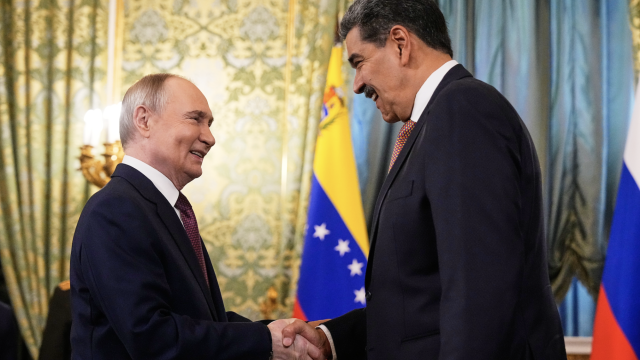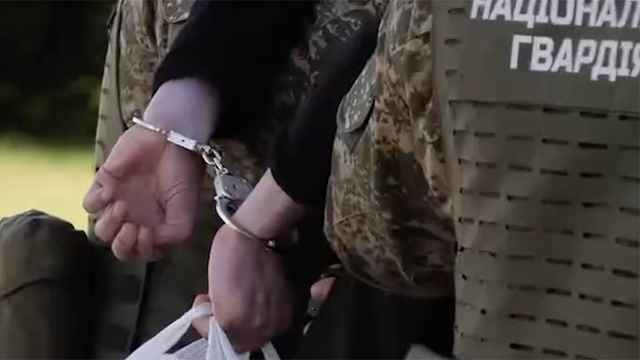VLADIVOSTOK — A group of warships from the Pacific Fleet entered the Mediterranean waters for the first time in decades, a fleet spokesman said Thursday.
"The task force has successfully passed through the Suez Channel and entered the Mediterranean," Captain Roman Martov said.
He said Pacific Fleet warships had not sailed in the Mediterranean in decades.
The vessels are now en route to Cyprus and are scheduled to make a port call in Limassol.
The group, including the destroyer Admiral Panteleyev, the amphibious warfare ships Peresvet and Admiral Nevelsky, the tanker Pechenga and the salvage/rescue tug Fotiy Krylov left the port of Vladivostok on March 19 to join Russia's Mediterranean task force.
The task force currently includes the large anti-submarine ship Severomorsk, the frigate Yaroslav Mudry, the salvage/rescue tugs Altai and SB-921 and the tanker Lena from the Northern and Baltic fleets, as well as the Ropucha-II Class landing ship Azov from the Black Sea Fleet.
The task force may be enlarged to include nuclear submarines, Navy Commander Admiral Viktor Chirkov said Sunday.
The Defense Ministry said in April that Russia has begun setting up a naval taskforce in the Mediterranean, sending several warships from the Pacific Fleet to the region. Defense Minister Sergei Shoigu said in March a permanent naval task force in the Mediterranean was needed to defend Russia's interests in the region.
A senior Defense Ministry official said the Mediterranean task force's command and control agencies will be based either in Novorossiisk or Sevastopol.
Vladimir Komoyedov, head of the State Duma's Defense Committee, earlier said that the Mediterranean task force should be comprised of 10 warships and support vessels as part of several tactical groups tasked with attack, antisubmarine warfare and minesweeping.
The Soviet Union maintained the 5th Mediterranean Squadron from 1967 until 1992. It was formed to counter the US Navy's 6th Fleet during the Cold War and consisted of 30 to 50 warships and auxiliary vessels.
A Message from The Moscow Times:
Dear readers,
We are facing unprecedented challenges. Russia's Prosecutor General's Office has designated The Moscow Times as an "undesirable" organization, criminalizing our work and putting our staff at risk of prosecution. This follows our earlier unjust labeling as a "foreign agent."
These actions are direct attempts to silence independent journalism in Russia. The authorities claim our work "discredits the decisions of the Russian leadership." We see things differently: we strive to provide accurate, unbiased reporting on Russia.
We, the journalists of The Moscow Times, refuse to be silenced. But to continue our work, we need your help.
Your support, no matter how small, makes a world of difference. If you can, please support us monthly starting from just $2. It's quick to set up, and every contribution makes a significant impact.
By supporting The Moscow Times, you're defending open, independent journalism in the face of repression. Thank you for standing with us.
Remind me later.





